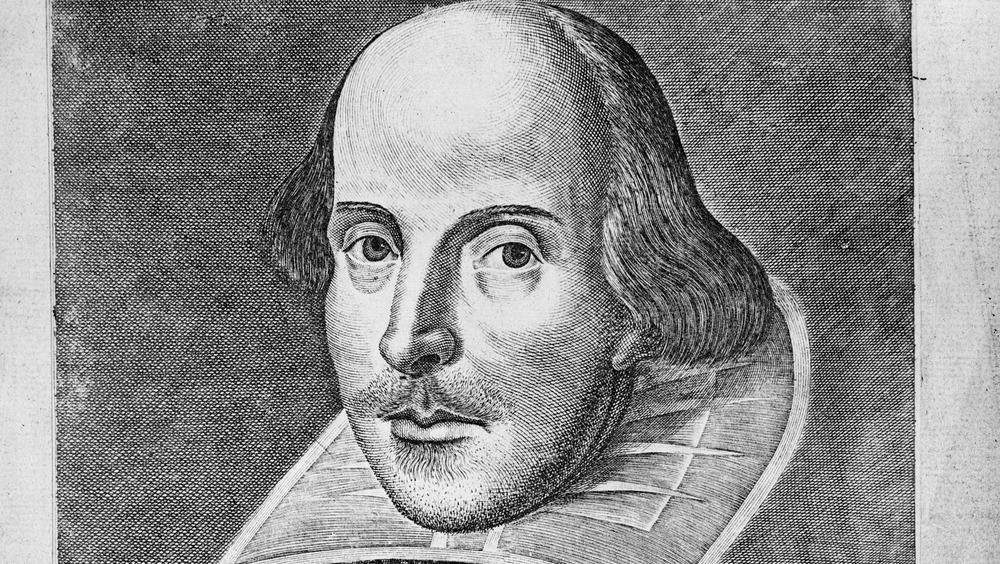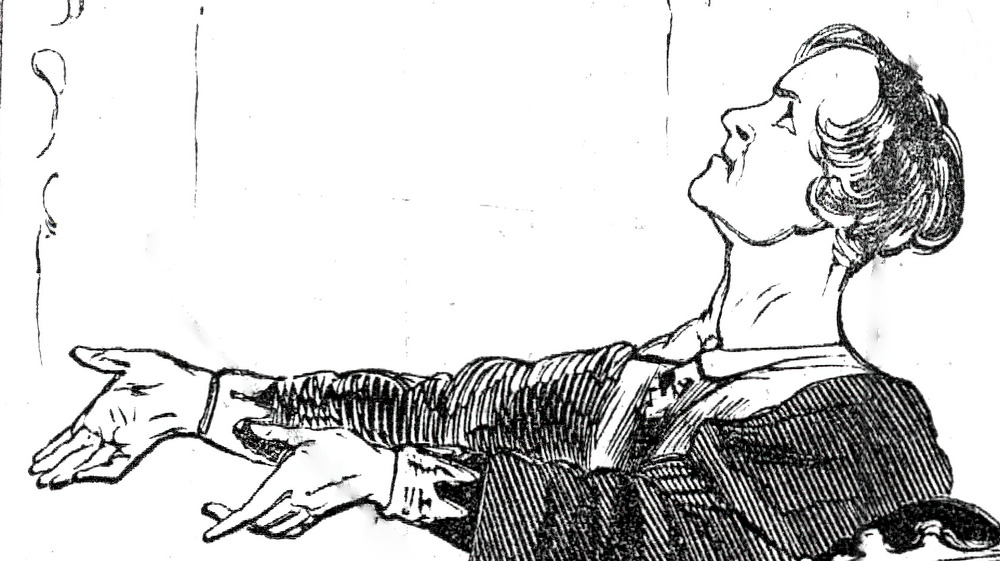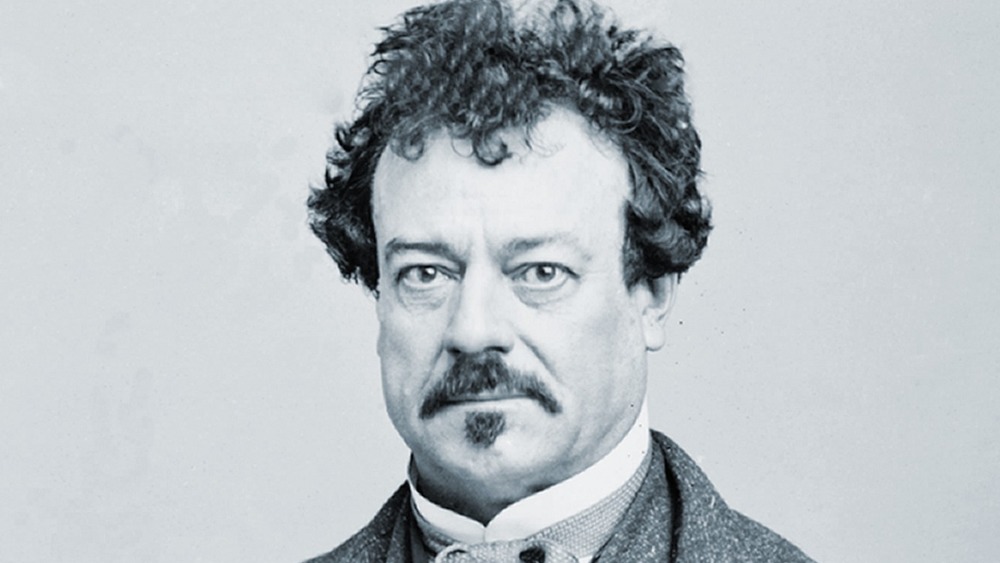The Bizarre True Story Of The Shakespeare Riots
An angry mob. Broken windows. Police brandishing riot gear. These are the scenes we usually see in some massive protests around the world. Most often, these happen because of dictatorships limiting freedoms, demands for racial equality, or because a popular football team lost a championship. Rarely do we see it happen because of Macbeth and William Shakespeare. That's right: The Scottish play once sparked a riot so violent it killed 22 people and incited a class war in New York City.
In 1849, the Shakespeare Riots, sometimes called the Astor Place Riots, started because people disagreed on how actors should portray the characters of Macbeth and Hamlet. According to Smithsonian Magazine, it all revolved around two actors in particular. William Charles Macready, a veteran British actor once called the greatest of his generation, exemplified a very traditional approach to Shakespeare. But the American, Edwin Forrest, attracted audiences for his brasher take on the Bard.
Love for Shakespeare ran deep in the United States, especially in working-class communities. What else ran deep? Hatred for the English — mainly brought over by Irish immigrants, but also from a sense of patriotism.
Forrest was huge with average Americans who fell in love with his rugged good looks and aggressive nature, explained Shakespeare and Beyond. But the elite of New York City preferred Macready. The two actors enjoyed a professional rivalry, though Forrest did hiss at Macready during a performance. By 1849, the rivalry had turned ugly. Macready toured the country, and Forrest booked nearby theaters to spite him.
They gathered by the thousands
Macready (pictured above) scheduled several performances of Macbeth in New York's Astor Place Opera in May 1849. As was his habit, Forrest also set his own performances of the play in nearby Broadway Theater.
It's worth noting that the 1800s was a fantastic time to be a stage performer. Actors and dancers often attracted massive crowds that followed their every move and did their bidding. Just imagine the Bey Hive or Swifties, but in person, instead of just gathering online. It was as if being a fan of someone was akin to declaring your political beliefs.
Forrest's fans knew of his dislike of Macready and took matters into their own hands. Several of them bought tickets for the May 7 performance. As Macready made his entrance, the fans pelted him with rotten eggs and lemons. Embarrassed, Macready wanted to skip town, but his supporters convinced him to stay. NPR said Forrest's fans felt protesting Macready was a protest against the city's wealthy.
Things got heated on May 10. Thousands of people gathered outside Astor Place while 200 police officers stood guard. The rioters began pelting the theater's windows with rocks and attempted to burn the building. Some managed to crash the audience but were quickly arrested. Macready finished the performance and fled. Outside, things went from bad to worse. People pushed into the line of police and escalated the property damage. Soldiers were called in, who first fired above the crowd. Then, they fired into the mob itself.
It was very violent
By the time the crowd dispersed, 18 people had died, most of them bystanders.
The next night, a meeting was called in City Hall Park. There, the rioters vowed vengeance against the authorities who caused the loss of life. They started marching towards Astor Place once again, but the police managed to stop them. A jury later absolved the police and the militia of any wrongdoing, but the 10 masterminds of the riot, including the journalist Ned Buntline, were arrested. The Shakespeare Riots exposed the class divide in New York City, which would keep erupting over the next few years.
As for the two actors at the center of everything? After the riots, Macready never again returned to the United States and retired from the stage entirely in 1851. Forrest's reputation suffered for a while but he continued to tour around the country. Forrest (pictured above) also had a long, drawn-out public divorce from his wife. Eventually, he fell ill and saw his popularity so diminish that he performed for empty theaters. The Astor Place Opera House never recovered from the riots. It was sold soon after.
There's still great debate over high-brow and low-brow art, but the Shakespeare Riots was the last time (so far, anyway) it ever became extremely violent. That's for the best. Imagine what a fight between Nicki Minaj fans and Cardi B supporters would look like.


